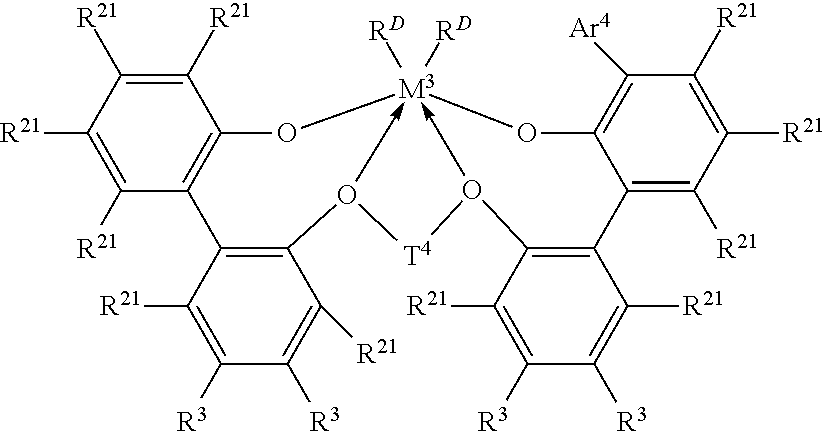Spunbond nonwoven fabrics
a non-woven fabric and yarn technology, applied in the field of yarn non-woven fabrics, can solve the problems of increasing the cost of purchasing and installing a bi-component line versus a mono-component line, increasing the complexity of using multiple resins, and reducing the ability to incorporate recycled edge trim from fabrics, so as to achieve the effect of zero shear viscosity ratio
- Summary
- Abstract
- Description
- Claims
- Application Information
AI Technical Summary
Benefits of technology
Problems solved by technology
Method used
Image
Examples
examples
[0055]The following examples illustrate the present invention but are not intended to limit the scope of the invention. The examples of the instant invention demonstrate that monocomponent fibers comprising the ethylene-based polymer compositions facilitate the spinning of fine denier fibers and soft / drapeable spunbond non-woven fabrics while maintaining acceptable maximum peak tensile strength.
##ventive example compositions 1-5
Inventive Example Compositions 1-5
[0056]Inventive Example Compositions 1-2, and 4-5 are ethylene-octene copolymers that were prepared via a solution polymerization process in a dual reactor configuration connected in series in the presence of a catalyst system comprising a metal complex of a polyvalent aryloxyether, as described above. The properties of ethylene-octene copolymer compositions of Inventive Example Compositions 1-2 and 4-5 are reported in Table 1.
[0057]Inventive Example Composition 3 is an ethylene-hexene copolymer that was prepared via a gaps phase polymerization process in a single reactor in the presence of a hafnium based catalyst system, as described above. The properties of the ethylene-hexene copolymer composition of Inventive Example Composition 3 are reported in Table 1.
example compositions 1a-5a
Inventive Example Compositions 1A-5A
[0063]Inventive Example Compositions 1A-2A, and 4-5 are ethylene-octene copolymers that were prepared via a solution polymerization process in a dual reactor configuration connected in series in the presence of a catalyst system comprising a metal complex of a polyvalent aryloxyether, as described above. The properties of ethylene-octene copolymer compositions of Inventive Example Compositions 1A-2A and 4A-5A are reported in Table 1A.
[0064]Inventive Example Composition 3A is an ethylene-hexene copolymer that was prepared via a gas phase polymerization process in a single reactor in the presence of a hafnium based catalyst system, as described above. The properties of the ethylene-hexene copolymer composition of Inventive Example Composition 3A are reported in Table 1A.
Inventive Example Compositions 6A-7A
[0065]Inventive Example Compositions 6A-7A are ethylene-octene copolymers that were prepared via a solution polymerization process in a dual react...
PUM
| Property | Measurement | Unit |
|---|---|---|
| Pressure | aaaaa | aaaaa |
| Percent by mass | aaaaa | aaaaa |
| Percent by mass | aaaaa | aaaaa |
Abstract
Description
Claims
Application Information
 Login to View More
Login to View More - R&D
- Intellectual Property
- Life Sciences
- Materials
- Tech Scout
- Unparalleled Data Quality
- Higher Quality Content
- 60% Fewer Hallucinations
Browse by: Latest US Patents, China's latest patents, Technical Efficacy Thesaurus, Application Domain, Technology Topic, Popular Technical Reports.
© 2025 PatSnap. All rights reserved.Legal|Privacy policy|Modern Slavery Act Transparency Statement|Sitemap|About US| Contact US: help@patsnap.com



